I find myself doing a ton of jQuery these days, so I started to abstract out some of the common things I do into snippets. I look forward to sharing these with the community, but I'm running into an issue right now.
The literals in snippets are defined by adding dollar signs ($) around the name of the literal to delimit where the value you would like to provide will go. This is difficult because jQuery uses the dollar sign notation in order to use a lot of its functionality.
What is the escape sequence for snippets, so I am able to use the dollar sign, and have my snippets still function?

